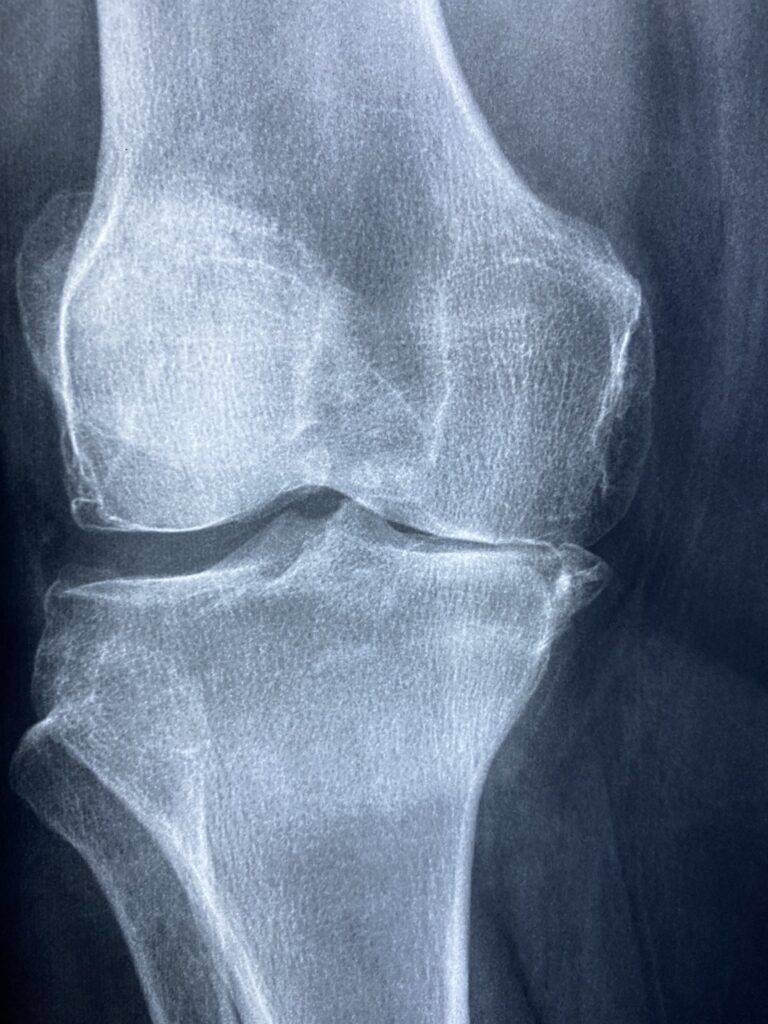Introduction to Iron Deficiency Anemia: Iron deficiency anemia (IDA) is a common type of anemia characterized by a decrease in the number of red blood cells and a lower than normal level of hemoglobin in the blood due to insufficient iron levels. Iron is essential for the production of hemoglobin, which carries oxygen from the lungs to the rest of the body. IDA can lead to symptoms such as fatigue, weakness, and shortness of breath, and if left untreated, it can affect overall health and quality of life.
Causes of Iron Deficiency Anemia:
- Inadequate Dietary Intake: A diet low in iron-rich foods, such as red meat, poultry, fish, beans, and fortified cereals, can lead to insufficient iron intake.
- Blood Loss: Chronic blood loss from sources such as gastrointestinal bleeding (ulcers, gastritis, colorectal cancer), heavy menstrual periods, or frequent blood donation can deplete iron stores and lead to anemia.
- Poor Absorption: Conditions that affect the absorption of iron in the gastrointestinal tract, such as celiac disease, inflammatory bowel disease, or gastric bypass surgery, can contribute to IDA.
- Increased Demand: Certain populations, such as pregnant women, infants, children during periods of rapid growth, and athletes, may have increased iron requirements that exceed dietary intake.
Symptoms of Iron Deficiency Anemia:
- Fatigue: Persistent tiredness and lack of energy, even after adequate rest, are common symptoms of IDA.
- Weakness: Weakness and muscle fatigue may occur due to decreased oxygen delivery to tissues.
- Shortness of Breath: Difficulty breathing or feeling breathless, especially during physical activity, can result from reduced oxygen-carrying capacity of the blood.
- Pale Skin: Paleness or pallor of the skin, particularly in the face, lips, and inner lining of the eyelids, may be evident in individuals with IDA.
- Dizziness or Lightheadedness: Reduced oxygen supply to the brain can lead to feelings of dizziness or lightheadedness.
Diagnosis of Iron Deficiency Anemia:
- Complete Blood Count (CBC): A CBC measures hemoglobin levels, hematocrit (percentage of blood volume occupied by red blood cells), red blood cell count, and mean corpuscular volume (MCV), which can indicate the size of red blood cells and help diagnose anemia.
- Serum Iron Studies: Blood tests such as serum iron, ferritin, and total iron-binding capacity (TIBC) assess iron levels and storage capacity in the body.
- Peripheral Blood Smear: Examination of a blood smear under a microscope can reveal characteristic changes in red blood cell morphology, such as microcytosis (small cell size) and hypochromia (reduced hemoglobin content), suggestive of IDA.
- Additional Testing: If IDA is suspected, further evaluation may include tests to identify the underlying cause of iron deficiency, such as gastrointestinal endoscopy, fecal occult blood testing, or imaging studies.
Treatment of Iron Deficiency Anemia:
- Iron Supplementation: Oral iron supplements, such as ferrous sulfate, ferrous gluconate, or ferrous fumarate, are commonly prescribed to replenish iron stores and correct anemia.
- Dietary Changes: Consuming iron-rich foods and foods high in vitamin C (which enhances iron absorption) can help improve iron status. Examples include red meat, poultry, fish, beans, lentils, spinach, fortified cereals, and citrus fruits.
- Intravenous Iron Therapy: In cases of severe iron deficiency or intolerance to oral iron supplements, intravenous iron infusion may be recommended to rapidly restore iron levels.
- Treatment of Underlying Causes: Addressing the underlying cause of iron deficiency, such as treating gastrointestinal bleeding or managing menstrual disorders, is essential for long-term management of IDA.
Physiology of Iron Deficiency Anemia:
- Decreased Hemoglobin Synthesis: Insufficient iron availability impairs the synthesis of hemoglobin, the protein responsible for transporting oxygen in red blood cells, leading to decreased oxygen-carrying capacity of the blood.
- Microcytic, Hypochromic Red Blood Cells: Iron deficiency results in the production of smaller (microcytic) and paler (hypochromic) red blood cells with reduced hemoglobin content, affecting their ability to effectively transport oxygen to tissues.
- Compensatory Mechanisms: In response to decreased oxygen delivery, the body may increase the production of erythropoietin, a hormone that stimulates red blood cell production in the bone marrow, to compensate for the anemia.
- Tissue Hypoxia: Insufficient oxygen supply to tissues and organs due to IDA can lead to tissue




